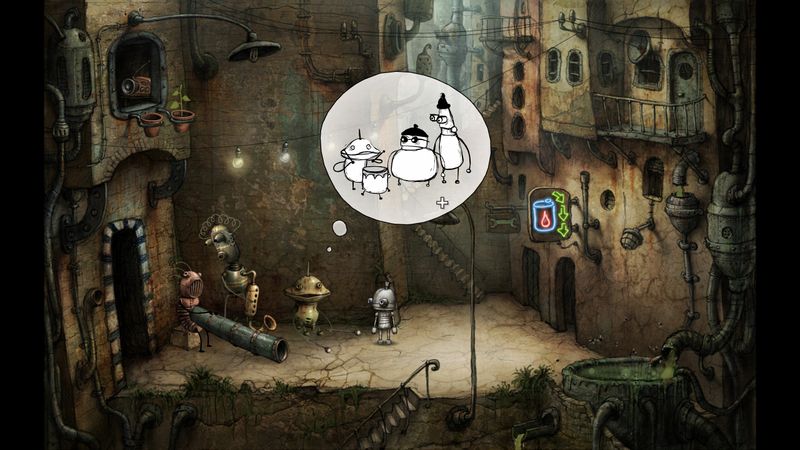I’ll never forget my first night exploring Machinarium’s rusty rooftops. First off, this charming indie adventure from Amanita Design captivated me with its handcrafted art and gentle puzzle flow. As a fan of cozy games, I found it delightfully soothing yet mentally engaging. With that in mind, here’s my laid-back take on Josef the robot’s quest to save Berta from the Black Cap Brotherhood gang.
Overall Impressions
Machinarium really stands out in the point-and-click genre with its unique art style and silent storytelling. Personally, I loved its blend of whimsy and slight melancholy. Importantly, the game never feels rushed—it invites you to explore every nook at your own pace. Compared to other adventure titles, Machinarium feels more like an interactive art exhibition. Granted, it lacks spoken dialogue but gains heart through expressive animations and environmental cues. If you enjoy Samorost or Botanicula, you’ll feel right at home. Meanwhile, fans of classic titles like Monkey Island may miss verbose wit, but you gain a richer visual and musical tapestry instead.
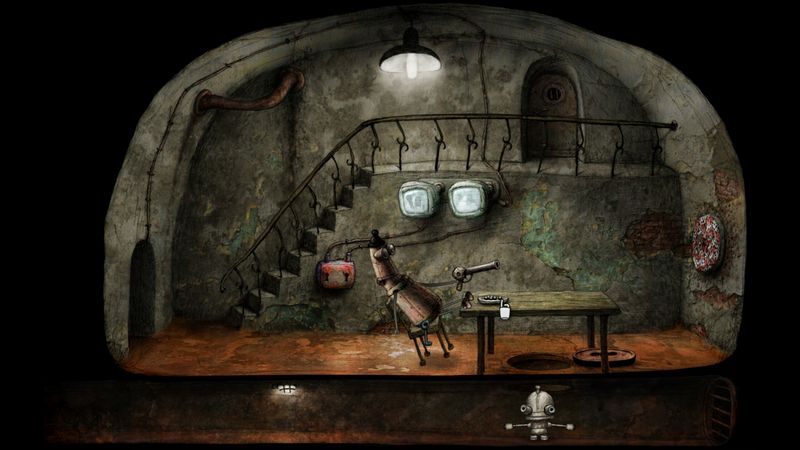
Gameplay Mechanics
Machinarium uses simple point-and-click controls: you drag, drop, and combine items to solve puzzles. Best of all, the inventory and hint system stay out of the way until you need them. For instance, the button-sequencing challenge in the factory area felt like piloting a tiny machine orchestra. That said, some head-scratchers tested my patience—just as other players warned. Fortunately, the “hint coin” system saved me from hours of frustration. You earn coins by finding hidden capsules, then spend them on three hint levels. This design encourages exploration while avoiding total dead ends, so the flow stays cozy instead of grating.
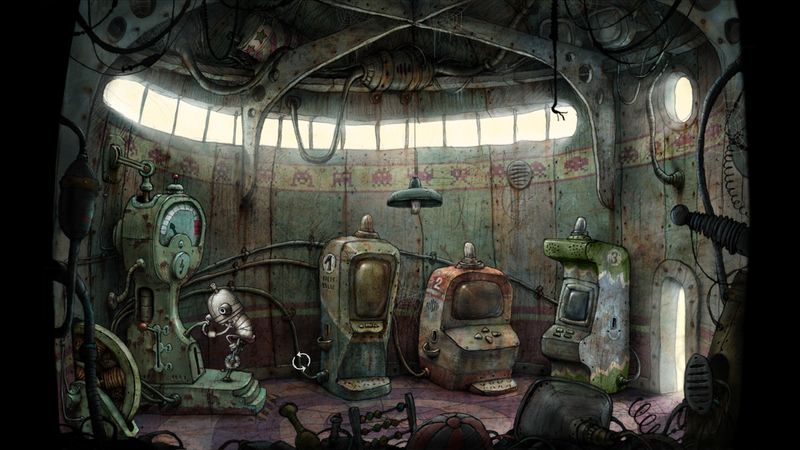
Story and Characters
Machinarium tells its story without words. Here’s the thing: Josef’s facial expressions and body language carry every emotion. You’ll witness joy, confusion, and determination in every rusted gear and blinking eye. Meanwhile, Berta appears mostly in memories and flashbacks, but her presence fuels your drive. On the lighter side, the Black Cap Brotherhood members provide comic relief as well as obstacles. Their leader, Black Cap, feels delightfully sinister with his toothy grin. Even though the narrative is minimalist, the stakes felt real—I rooted for Josef from start to finish. Plus, the silent approach invites players to fill in details with their imagination, making the world feel all the richer.

Visuals and Graphics
Amanita Design’s hand-drawn style shines in Machinarium. Every background looks like a pen-and-ink sketch colored with gentle watercolors. I paused to admire intricate mechanical vines winding around broken pipes. The world feels both worn and alive. Animations run smoothly, even on modest hardware. Subtle motion on gears or dripping pipes brings the city to life. Comparing its visuals to modern 3D games, Machinarium’s charm wins every time. Its 2D art is timeless. The developers reportedly spent months refining animations shot frame-by-frame. That dedication shows in every scene.
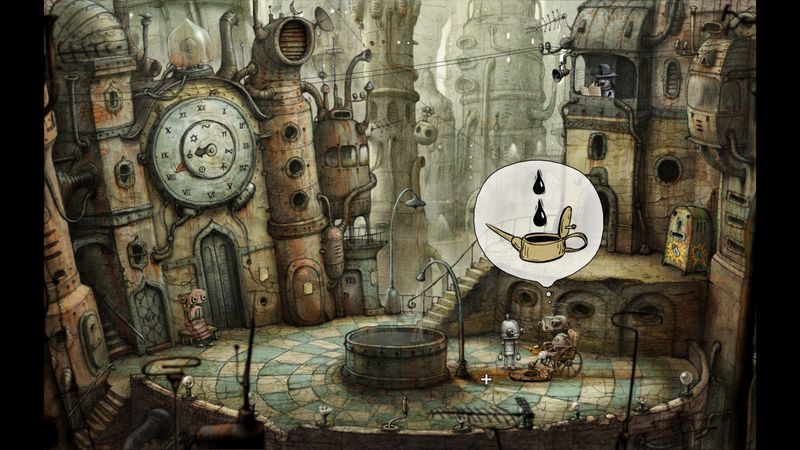
Sound and Music
The atmospheric soundtrack by Tomáš Dvořák (Floex) feels like the game’s heartbeat. Soft piano melodies blend with mechanical whirs. I often found myself humming tunes as I played. One player said the music “hits different than any other game.” I couldn’t agree more. Sound effects offer pleasant feedback on every click and interaction. There’s no voice acting, but Josef’s beeps and whistles convey personality. The lack of words makes each musical cue more meaningful. Every note complements the visuals and deepens immersion.

Difficulty and Replayability
Machinarium offers a moderate challenge with optional hints. Early puzzles ease you in, while later stages demand more creativity. I spent hours on the trash compactor puzzle and needed a walkthrough for one late-game sequence. Other players report similar moments of stuck-and-searching. Still, the hint system kept frustration low. Once I solved a room, I rarely backtracked. The game isn’t built for endless replay. But I’ve returned twice just to soak in the art and music. Speedrunners and puzzle enthusiasts may find extra joy in mastering every challenge. Casual players can cruise through with minimal roadblocks.
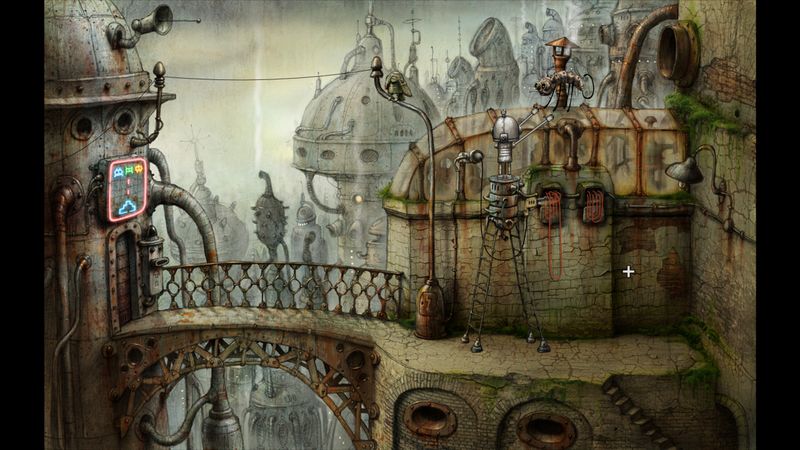
Trivia and Behind-the-Scenes
Amanita Design began as a part-time project in the Czech Republic. Before Machinarium, the team released the Samorost series. They later made Botanicula and CHUCHEL. Each title shares that signature handcrafted style. Machinarium picked up awards for art direction and innovation in 2009. The developers animated most scenes by hand. They reportedly used thousands of hand-drawn frames to capture each subtle motion. The game started as a Flash project before making its way to Steam and consoles. A mobile port kept the experience intact on tablets.
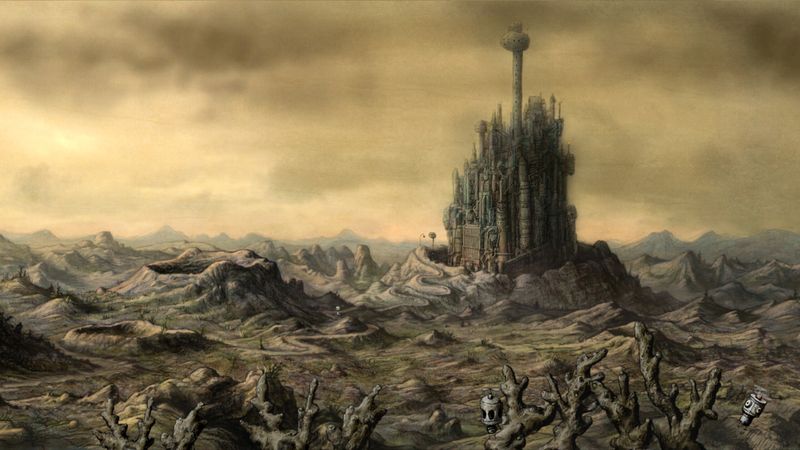
Final Thoughts
Machinarium delivers a cozy yet mind-bending adventure. It shines in art, music, and silent storytelling. The gentle puzzle flow suits players seeking a calm challenge. Occasional brain-teasers may slow progress, but the hint system calms any growing frustration. Whether you’re nostalgic for classic point-and-clicks or new to the genre, this game feels like a warm, mechanical hug. I still recommend it whenever someone asks for a stress-free adventure.
Rating: 4 out of 5 stars
